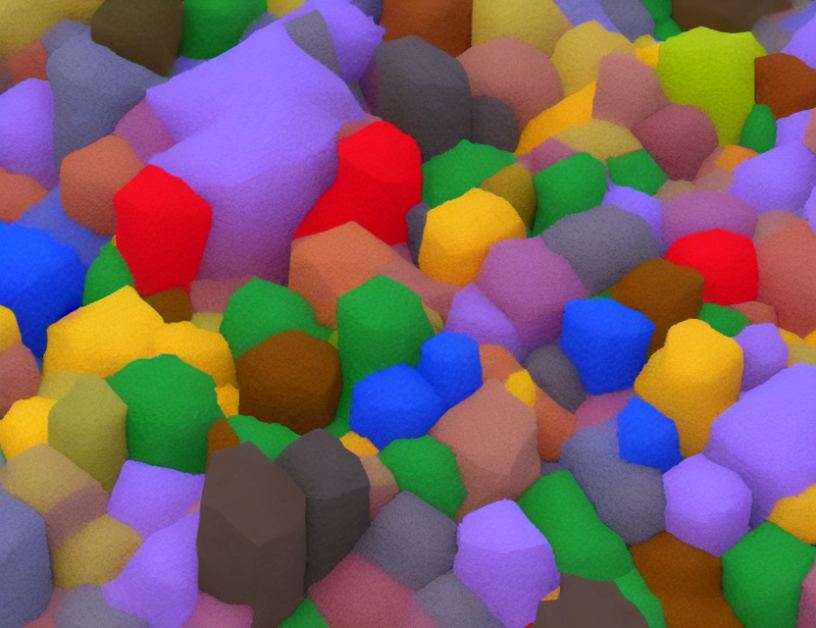Fuzzy rough sets are a powerful tool for managing vague and potentially inconsistent information. By combining fuzzy sets (which model vague information) with rough sets (which address potential inconsistencies), fuzzy rough sets offer a unique approach to handling uncertain data. In this article, we will delve into the world of fuzzy rough sets, exploring their definition, properties, and applications.
What are Fuzzy Rough Sets?
Fuzzy rough sets are a fusion of fuzzy sets and rough sets, designed to manage vague and potentially inconsistent information. In traditional fuzzy logic, membership in a concept is represented as a continuous value between 0 and 1. However, this approach can be limited when dealing with imprecise or uncertain information. Rough sets, on the other hand, offer a more robust approach by defining a lower and upper approximation of a concept based on an indiscernibility relation between objects.
Fuzzy rough sets marry these two approaches by incorporating fuzzy quantifiers to formulate the criteria for inclusion in the lower and upper approximations. This allows for more nuanced and accurate representations of vague information, enabling decision-makers to make more informed choices.
Properties and Applications of Fuzzy Rough Sets
Fuzzy rough sets have several desirable properties, including:
- Granular representation: Fuzzy rough sets can represent ambiguous information at multiple levels of granularity, allowing decision-makers to make decisions based on varying degrees of uncertainty.
- Robustness to inconsistencies: By incorporating fuzzy quantifiers, fuzzy rough sets can tolerate a higher level of inconsistency than traditional rough sets, making them more practical in real-world applications.
- Vagueness handling: Fuzzy rough sets can handle vague information by acknowledging that membership in certain concepts or the logical truth of particular propositions exists on a spectrum.
- Interoperability: Fuzzy rough sets can be easily integrated with other decision-making tools, such as fuzzy logic and rough sets, allowing for a more comprehensive approach to handling uncertain data.
Applications of fuzzy rough sets include
- Medical diagnosis: Fuzzy rough sets can help doctors make more accurate diagnoses by accounting for the uncertainty in medical test results.
- Financial decision-making: Investors can use fuzzy rough sets to evaluate the risk of investments while taking into account the uncertainty in market conditions.
- Image processing: Fuzzy rough sets can be applied to image processing tasks, such as object detection and segmentation, by acknowledging the inherent uncertainty in image data.
Conclusion
Fuzzy rough sets offer a powerful tool for managing vague and potentially inconsistent information. By combining the strengths of fuzzy sets and rough sets, these sets provide a more robust approach to handling uncertain data. With their ability to represent ambiguity at multiple levels of granularity, tolerate inconsistencies, handle vagueness, and interoperate with other decision-making tools, fuzzy rough sets have numerous applications in various fields. As the field continues to evolve, we can expect to see even more innovative applications of this versatile framework.



